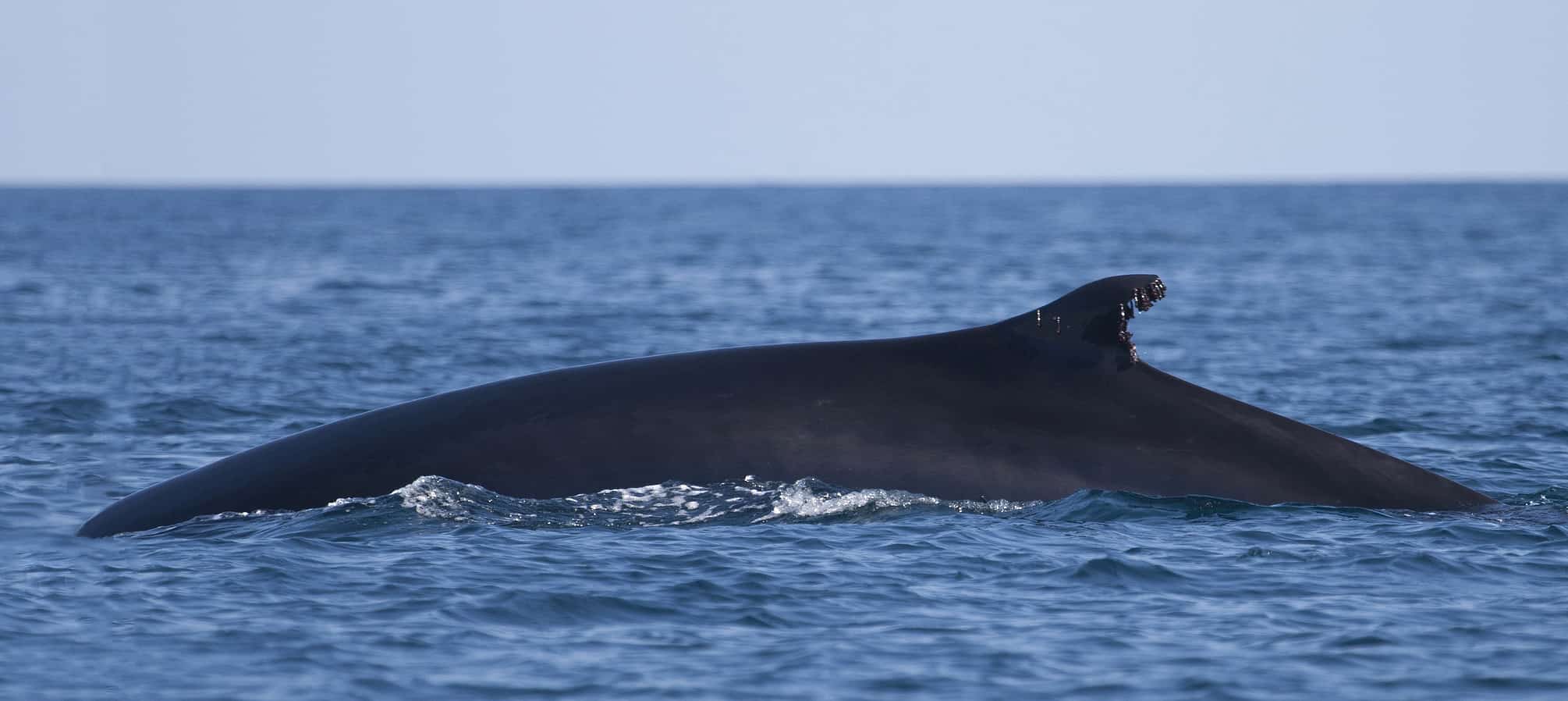Share this article
Satellites show Gulf of California fin whales are residents
Scientists have long known that fin whales (Balaenoptera physalus) in the Gulf of California are unusual. They’re spotted there year-round, while most other whale species migrate. Using satellite data, researchers recently confirmed that these fin whales really are a resident population in the gulf.
“These fin whales have always been enigmatic,” said Daniel Palacios, a professor at Oregon State University and co-author of the recent study published in PLOS One. Previous genetics research also suggested the Gulf of California population was distinct.
In the study, Palacios and his colleagues tagged 11 whales in 2001 and recorded the movements of nine of them for one year. But although they stay in the gulf, researchers found, they use different areas in warmer months and cooler months, likely due to changes in prey abundance.
The team also noted that while other migrating whales, such as blue whales (Balaenoptera musculus), visit the region, they saw no evidence of them becoming a resident species like the resident fin whales. “These are two species that are somewhat similar in requirements and size and behavior, but yet one population during glacial times somewhat found itself isolated in the gulf and became year-round residents,” Palacios said.
Palacios said that while this situation is unique for the area, similar situations have been recorded in places such as the Mediterranean Sea, which has both resident and migrant fin whales. Evidence also suggests that California sea lions (Zalophus californianus) inside the Gulf of California have different genetics than the larger population in the Pacific Ocean, suggesting these sea lions have also adapted to live in the gulf.
Understanding this resident fin whale population is important for conservation and management, Palacios said. “If we don’t know that this population is isolated and different from the North Pacific population, we might just treat it the same,” he said. “It’s a separate population, with a different population status and threats.”
Management plans for them need to take into account their unique situation and the specific threats they may face in the gulf, including contaminants and noise pollution, he said.
“We have a unique evolutionary unit,” Palacios said. “If we lose it, we will not be able to replace it. It’s gone forever.”
Header Image: Researchers found evidence through satellite data that fin whales are a resident species in the Gulf of California. ©Gregory “Slobirdr” Smith








